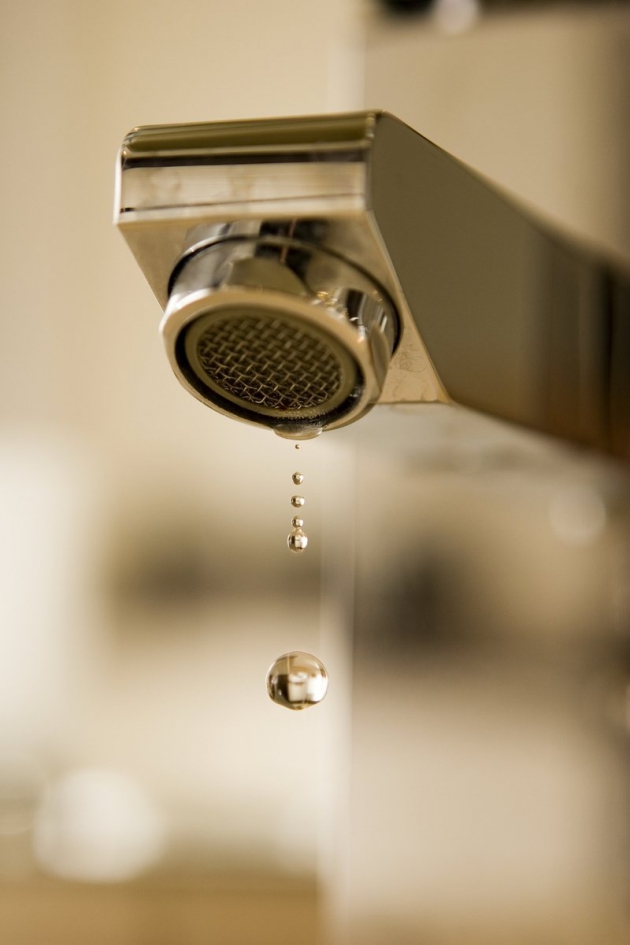With more than 30 years’ experience in the residential and commercial water treatment space, Mark Nelson is a Class 1 Drinking-Water Operator and a CBWA (Canadian Bottled Water Association) Certified Plant Operator. As founder and president of Nelson Water in Ottawa, Mark focuses on dealing with challenging water treatment system designs for problem water. He also heads the largest water bottling plant in the city of Ottawa with a delivery network throughout the Valley.
Most people assume that their tap water is pure, but there is a massive difference between pure water and tap water. Troubles with tap water are common, with odd smells and unpalatable tastes that you may notice if you go to someone else’s house. So, here we’ll explore the differences between pure water and tap water.
The Trouble With Tap Water
While municipal tap water is treated to ensure that it is safe to drink, this doesn’t mean that it tastes great. Most municipal facilities use chlorine and other chemicals to disinfect the water and protect you from germs and bacteria. Unfortunately, even minute traces of chlorine can impact the taste and smell of your tap water. If you are particularly susceptible, you may find that your water tastes like a swimming pool.
Additionally, water needs to travel miles of pipes to reach your home from your local treatment plant. This means that older pipes can allow particles of metals and other contaminants to enter the water supply. Should a water line break, it can also introduce sediment, metals and other contaminants into the water. This is a far cry from pure water. If you imagine two diamonds, a flawless diamond would be pure water, while tap water is a beautiful, but blemished diamond. Most of us would choose the flawless diamond every time.
Reverse Osmosis
While there are lots of domestic water treatment options, pure water can be best created using the filtration process reverse osmosis. This can improve the taste, smell and appearance of your water. Reverse osmosis involves the water being forced through a semipermeable membrane. The membrane has pores so small that while water molecules can pass through, 99.9% of contaminants are trapped and eliminated from the water supply.
Reverse osmosis can successfully eliminate bacteria, viruses, and chloramine, but if you want to eliminate all traces of chlorine, it should be paired with a carbon filter. A carbon filter can also be used to remove sediment before the water is passed through the membrane to prolong the membrane lifespan and further improve water quality.
Choosing the Right Water Treatment Option for Pure Water in Your Home
If you want to enjoy delicious, pure water, you need to consider your treatment options. Every home is different and has different water quality. Certain geographical areas are more prone to have specific water quality issues. For example, if you live in an agricultural area, you’re water supply may be affected by runoff containing nitrates and other chemicals. In order to choose the right water treatment option for your home, it is essential to have your water supply tested. An experienced water treatment technician can assess your water quality to determine the treatment options best suited to your specific requirements. Whether you have hard water, chlorine, minerals or other contaminants, a treatment option can be tailored to provide pure, great tasting water.
If you have concerns about your water purity or have water that smells, looks or tastes funny, be sure to speak to a reputable water treatment specialist for expert help.

